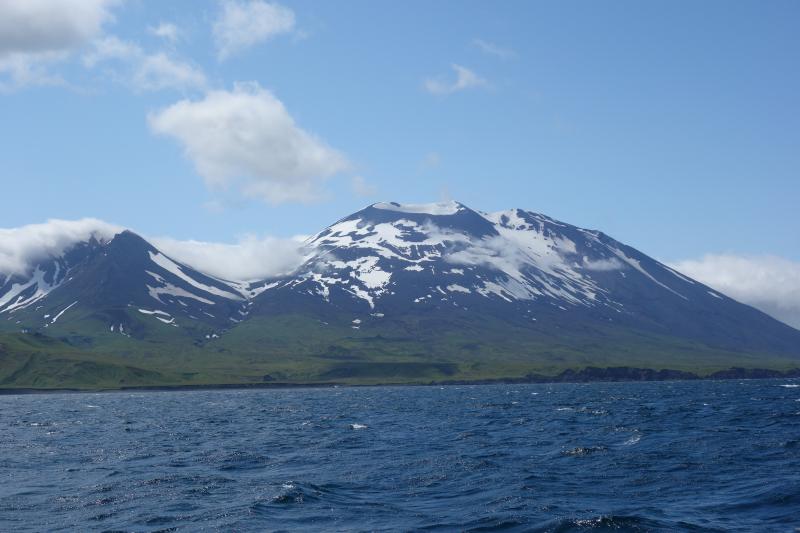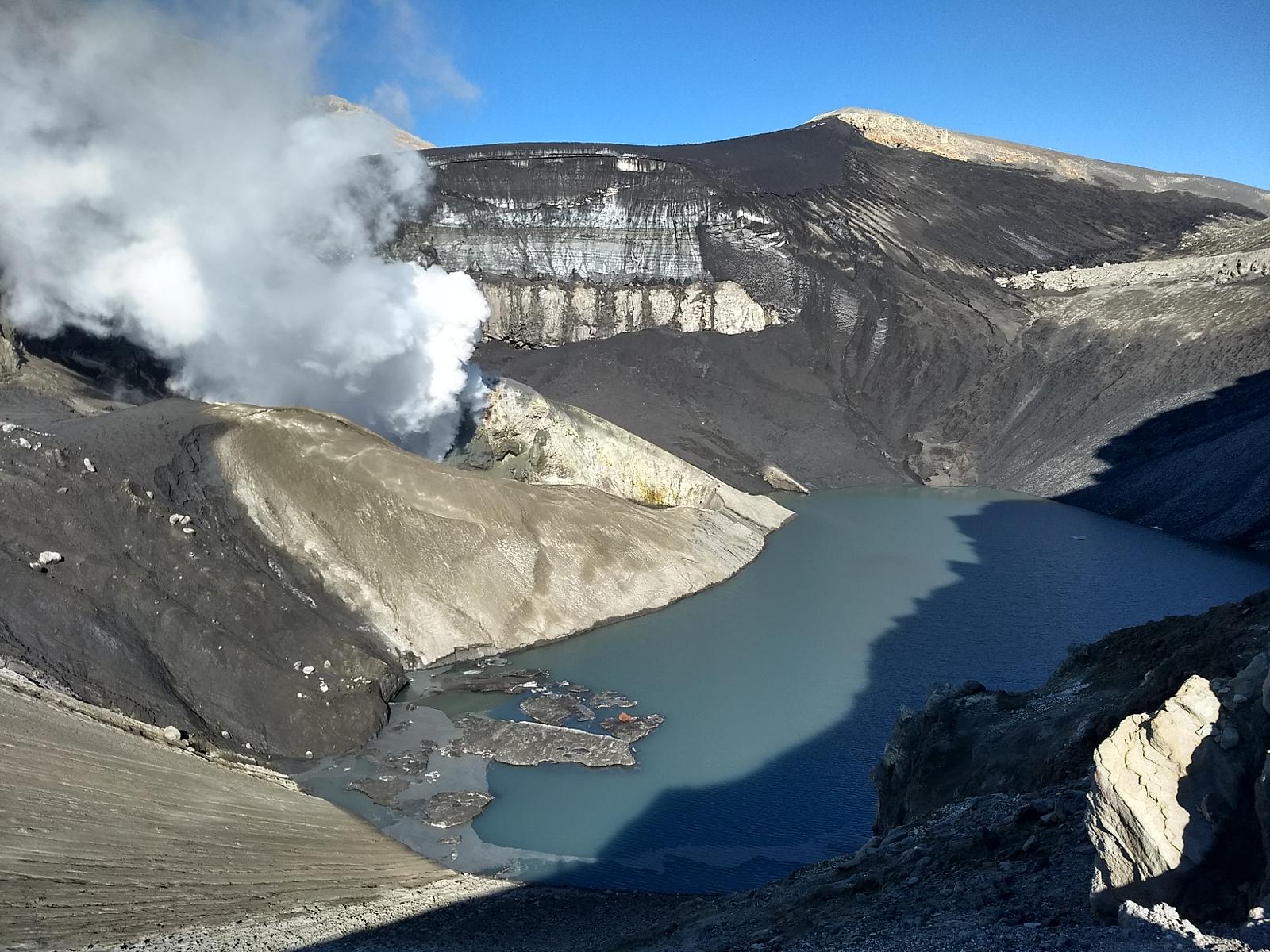March 28, 2024. EN. Aleutian Islands : Atka , Iceland : Reykjanes Peninsula , Indonesia : Dukono , Japan : Sakurajima , Costa Rica : Poas .
March 28 , 2024. Aleutian Islands , Atka : AVO/USGS Volcanic Activity Notice Current Volcano Alert Level: ADVISORY Previous Volcano Alert Level: NORMAL Current Aviation Color Code: YELLOW Previous…



